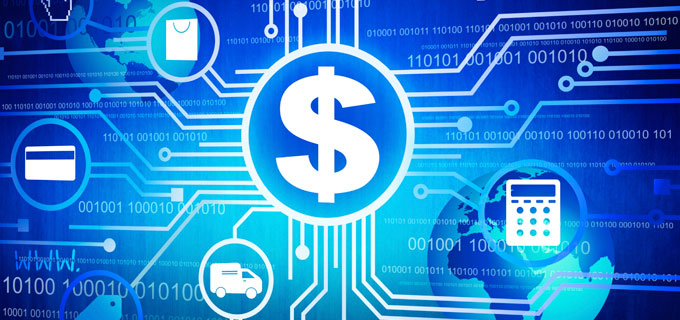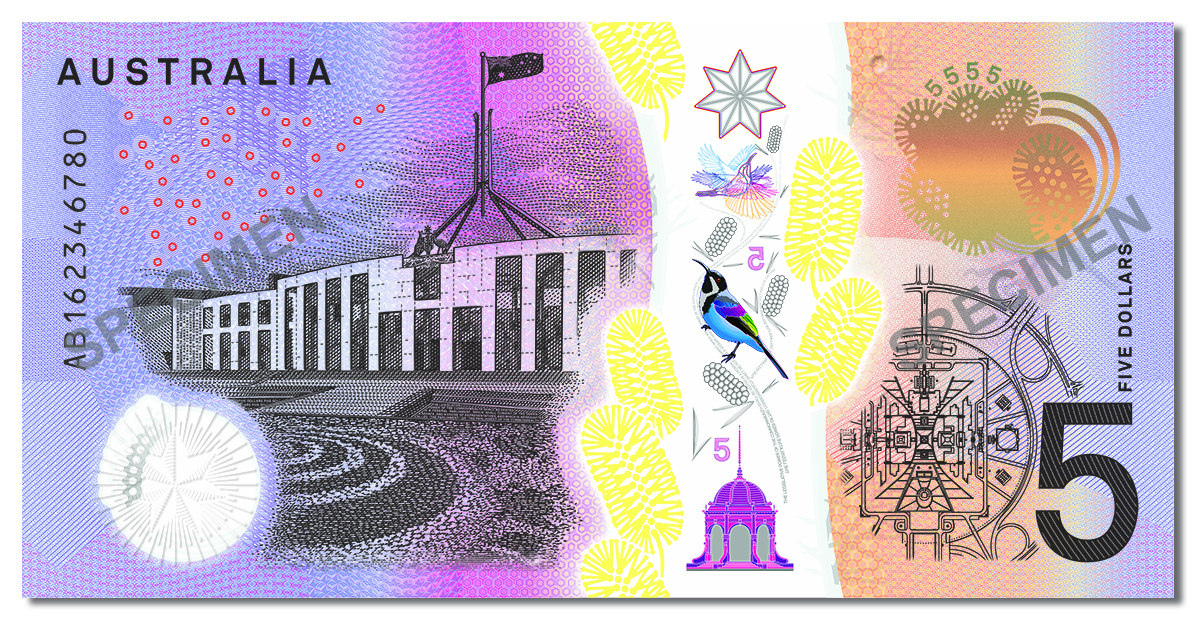
The future of money
Believe it or not, the current US Presidential nomination process has thrown up a passionate debate about the nature of money, and particularly whether it is ‘sound’ or not. Voters are frustrated and fearful about the economy. Politicians (with no economics training) are arguing that in these uncertain times we need a currency backed by something ‘real’ like gold.
This seems oddly backward-looking in the era of the internet. It begs a question: what sort of money do we need to fuel the economy of the 21st century?
There’s no doubt money was originally based on something ‘real’. At first, paper money was a promise to hand over a fixed quantity of gold. Before that, metal coins carried their own value, with a stamp to certify weight and purity. Even before that, other commodities did duty as money: salt, grain, shells, animal hides, you name it. Imagine paying for your cappuccino in cowrie shells!
During the 20th century the link between paper money and gold was progressively abandoned, so that money’s value now rests solely on the authority of the issuing government. This is called ‘fiat money’. As we saw in the GFC, governments have been willing to ‘print’ more money if economic circumstances demand more liquidity.
But today’s money is not even paper-based, let alone gold-based. It exists mostly as numbers in an electronic ledger. Global banking statistics for 20091 show that most developed economies have largely virtual currencies: Australian dollars and the Euro are around 80% virtual, and the British pound is 95% virtual.2
It is intuitively obvious that the virtual commerce of the future needs virtual money. By value, two thirds of Australian payments last year were virtual money moving between virtual accounts: credit transfers (both demand and bulk), direct debit, card transactions, BPAY and so on.3 New payments types like contactless payments, mobile payments and many new internet services conform to the same basic model, and will gradually reduce cash usage in micro transactions.
But this is not necessarily the only way money will evolve. Newer and weirder kinds of money are evolving in the online jungle. Two of the more interesting are: social money and digital money. Both are fringe developments as yet, but the virtual world changes fast: who is to say they won’t go mainstream?
Social money derives value and liquidity from social media. For example, Facebook credits are being purchased in increasing numbers as currency for social goods: network and community access, software downloads, games, shared music, shared video and so on. They are issued exclusively by Facebook as virtual currency for its own borderless online world.
Other examples are the online game currencies – lindendollars in Second Life, World of Warcraft Gold and many, many others. Such game currencies have general circulation only inside their online game universe, but millions of people (predominantly Gen Y and below) own and value these currencies. Game currencies even have an unofficial exchange rate with national currencies.
In some ways, social money is like a much older phenomenon, the loyalty coupon or rewards programme. In the pre-internet era, such things sometimes became an informal currency of their own. But social money is frequent flyer points on steroids. There are more than 10 million active Facebook accounts in Australia alone, with its population of around 23 million, and 800 million globally. The potential power of social currency is obvious.
Social money replaces government fiat with corporate credibility. The more you invest in Facebook credits, the more you put your trust in Facebook the corporation, not just Facebook the community. The administrators of these communities are in the early stages of operating their own central banks, but these activities are subject to no formal national regulation. They are already starting to face all the problems of monetary policy, economic crisis and currency manipulation that ‘real’ central banks contend with.
Can social media leap the boundary from the online community to the real world? Well why not? Recently, crowd-sourcing businesses (offering services like market research, business reviews and ratings, database enhancement, guides and directories) have started paying online contributors in social currency: real-world labour earns social currency.4 The step to open exchange of social money for goods and services outside the social community may not be a big one. How would you like to earn your salary in ‘facebucks’?
Digital money takes us another step away from ‘real’ things. It is the first truly internet-native currency. Here, the idea is that value rests on nothing more than confidence in the algorithm and the cloud. Nothing, and no-one, stands behind the currency. It is hard for us mere mortals to grasp.
The leading example as of 2012 is Bitcoin. The Bitcoin algorithm runs on multiple servers across the web, all linked directly or indirectly in a cloud. Using ever-increasing amounts of computer power, the algorithm ‘mines’ Bitcoin by generating hash strings – unique digital signatures for units of currency. In theory, the currency cannot be debased because every unit must verifiably derive from the mining process. Ownership of currency is secure because universal ownership records propagate across the cloud of algorithm servers, much like internet addresses propagate across the web. When there is a transfer, the payer’s unique public/private key pair looks after authentication, security and privacy. Conversion from and to national currencies is available from multiple online exchanges.
Bitcoin has only been around for a couple of years. It seems theoretically sound, but so alien that its acceptance has been predictably slow. If it reaches sustainable mass, it offers quite a challenge for central banks around the world, because it bows to no monetary policy save what is embedded in the algorithm.
But for the banking and payments community, there look to be some interesting challenges too. It was bankers who took fiat money, and, through the medium of the current account, progressively abstracted it into multiple paper forms (bills, letters of credit, cheques and promissory notes). When technology permitted they abstracted it further into electronic money (cards, credit transfers, direct debt etc). In doing so, bankers provided the plumbing for modern economic prosperity.
But if consumer commerce migrates to social or digital money, what role do bankers have? Will we still need a current account from a bank in a future social/digital world? To paraphrase Dr Spock of Star Trek,
“it’s banking, Jim, but not as we know it.”
One wonders how the ‘sound money’ politicians will cope with that.
1 CPSS Red Book 2011, the proportion of narrow money (m1) in cash by jurisdiction.
2 The sole exception is the USA, which still has a 60% cash economy. Special circumstances clearly apply.
3 Payments System Board Annual Report 2011 at p7. Cash is still the most common payments type by number, because of the large number of micro transactions in cash.
4 See for example, Crowdflower.com.


